How to Check if Honey Is Pure? - #9468
I’ve been using honey as a natural sweetener for some time now, but I’ve recently become concerned about whether the honey I’m buying is pure or adulterated with sugar, corn syrup, or other additives. I’ve heard that many commercial honey brands are diluted, and I want to ensure that the honey I’m consuming is pure. Can anyone share reliable methods for how to check honey is pure at home? One common test I’ve come across is the water test, where honey is added to a glass of water to see if it dissolves or not. Does this test really work, and what should I be looking for to confirm whether the honey is pure or mixed with other substances? Is there a better test to use for home checking, or is this one of the most effective methods? I’ve also heard about the flame test, where you dip a matchstick or a cotton wick into honey and then light it. If the honey is pure, the flame should burn without issues. How reliable is this method, and is there any chance that it could give false results? Are there any other tests that can confirm purity without the risk of error? Another way I’ve read to check if honey is pure is by looking at its texture and smell. Pure honey is supposed to be thicker and have a more complex scent, whereas adulterated honey is usually runnier and may have an artificial smell. How can I identify the difference based on texture and scent? Is there a specific consistency I should be looking for when checking the honey I buy? I’ve also come across the advice to do the paper test, where you place a drop of honey on a piece of paper and see if it spreads or stays intact. Does this indicate whether honey is pure or not, and is it a trustworthy method? Lastly, I’ve been concerned about the authenticity of honey from local markets or certain brands. Are there any certifications or labels I should look for to ensure that the honey is pure and unadulterated? Are there any particular brands known for offering genuine honey, or do I need to always perform tests at home? If anyone has tested their honey for purity, I’d love to hear about your experience. What methods worked best for you, and did you find any surprising results when testing honey at home? I want to make sure I’m getting the best and purest honey, so any tips or advice would be very helpful!
100% Anonymous
completely confidential.
No sign-up needed.

Doctors’ responses

100% Anonymous
600+ certified Ayurvedic experts. No sign-up.
About our doctors
Only qualified ayurvedic doctors who have confirmed the availability of medical education and other certificates of medical practice consult on our service. You can check the qualification confirmation in the doctor's profile.
